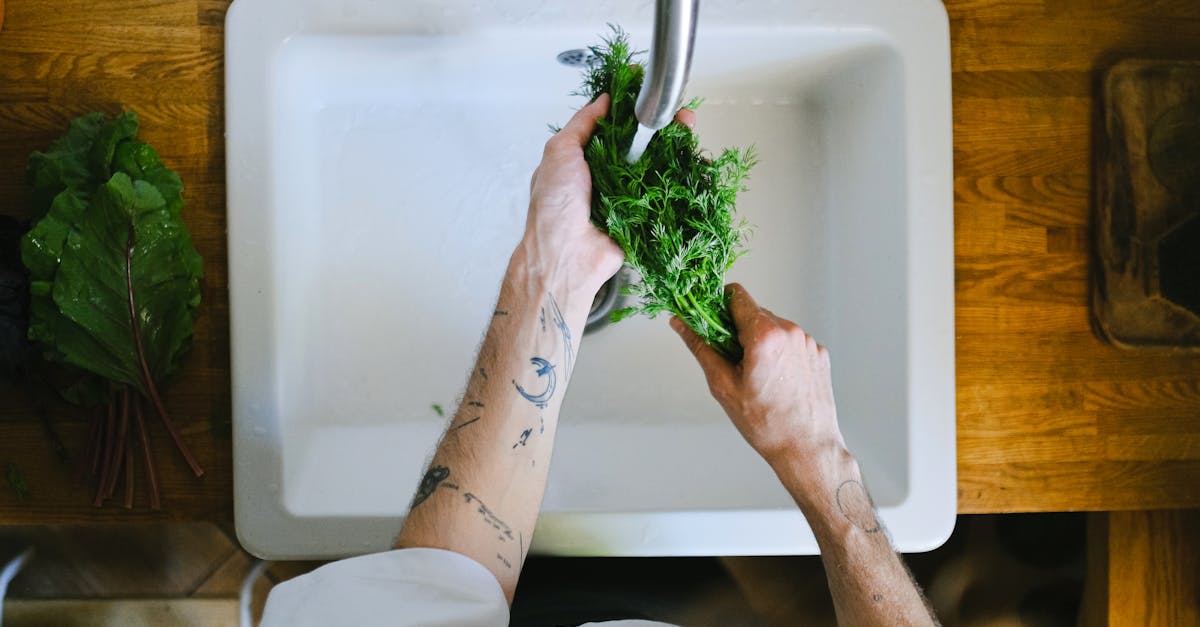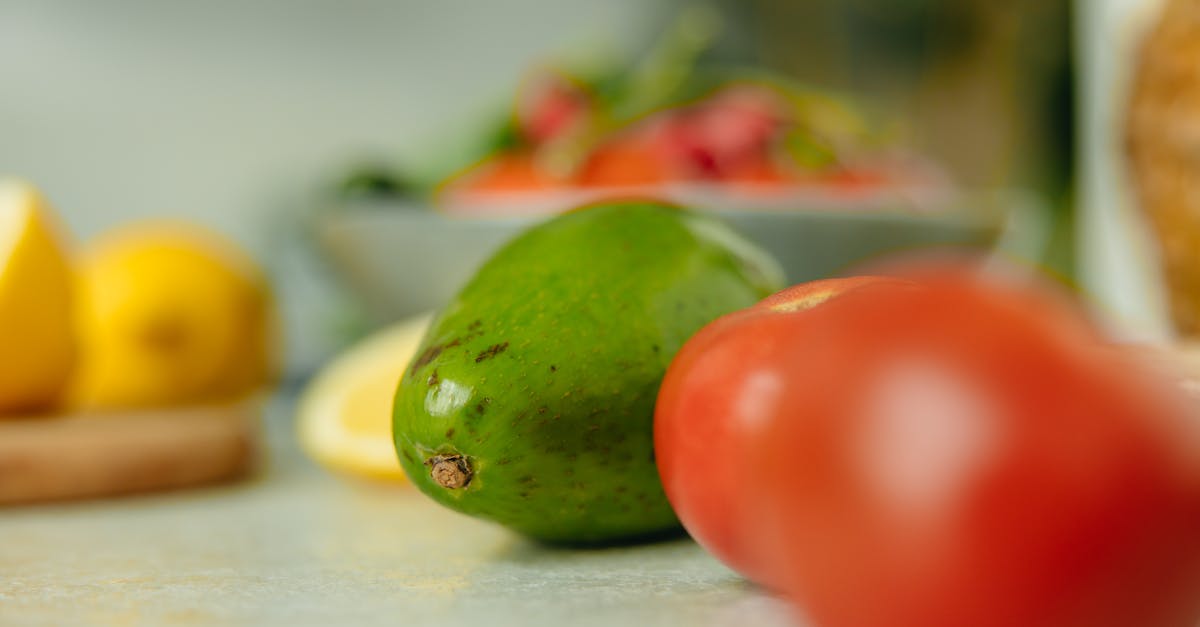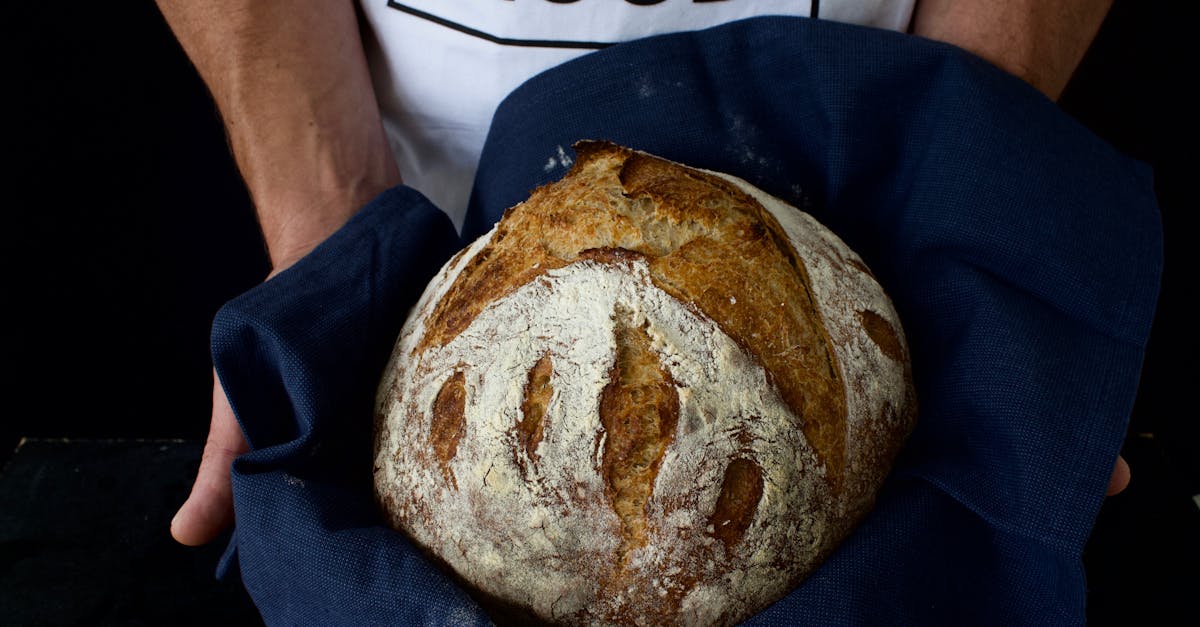Discover Various Ways to Cook Vegetables
Introduction
Vegetables are an essential part of a healthy diet, offering a myriad of flavors and nutrients. Cooking methods can transform their taste, texture, and nutritional content. In this article, we'll explore various techniques to make the most of your vegetables.
Advertisement
Steaming
Steaming is a gentle cooking method that helps retain the nutrients and vibrant colors of vegetables. It's perfect for delicate vegetables like broccoli, spinach, and carrots. By limiting the contact with water, steaming preserves essential vitamins and minerals, offering a simple yet nutritious dish.
Advertisement
Roasting
Roasting imparts a deep, caramelized flavor to vegetables. By spreading them evenly on a baking sheet and cooking at high temperatures, vegetables like Brussels sprouts, bell peppers, and butternut squash become crisp on the outside and tender inside. Drizzling with olive oil and seasoning with herbs elevates the taste further.
Advertisement
Sautéing
Sautéing is a quick method ideal for vegetables like zucchini, mushrooms, and asparagus. By cooking them in a skillet with a bit of oil over high heat, you can achieve a delightful texture and enhance their natural sweetness. Adding garlic or soy sauce introduces additional layers of flavor.
Advertisement
Grilling
Grilling introduces a smoky and charred flavor perfect for heartier vegetables such as eggplant, corn, and bell peppers. When grilled, vegetables develop a robust texture that pairs well with marinades or spice rubs. Grilling is a popular choice for summer barbecues and adds a savory dimension to meals.
Advertisement
Boiling
Boiling is a straightforward way to cook vegetables but can sometimes lead to nutrient loss. However, it remains a useful method for items like potatoes, peas, and green beans when you intend to further prepare them in salads or purees. To retain more nutrients, limit the cooking time and use minimal water.
Advertisement
Braising
Braising involves cooking vegetables slowly in a small amount of liquid like broth or wine, which enhances their flavor. This method is excellent for tough vegetables like cabbage, leeks, and artichokes, allowing them to absorb rich flavors while becoming tender and succulent.
Advertisement
Fermenting
Fermenting isn't cooking in the traditional sense but is worth mentioning for its unique impact on vegetables. By cultivating beneficial bacteria, fermentation transforms vegetables like cucumbers, cabbage, and carrots into tangy, probiotic-rich delicacies. Sauerkraut and kimchi are popular fermented dishes.
Advertisement
Stir-frying
Stir-frying combines high heat with constant stirring to quickly cook vegetables while preserving their crunch and color. This technique is widely used for vegetables such as snap peas, bell peppers, and onions. Flavorful sauces like teriyaki or oyster sauce can enhance the taste significantly.
Advertisement
Conclusion
The art of cooking vegetables involves exploring diverse methods that enhance their taste, texture, and nutrition. From steaming to fermenting, each technique offers unique benefits and flavors. Experimenting with these methods can help make your meals more exciting and nutritious.
Advertisement








